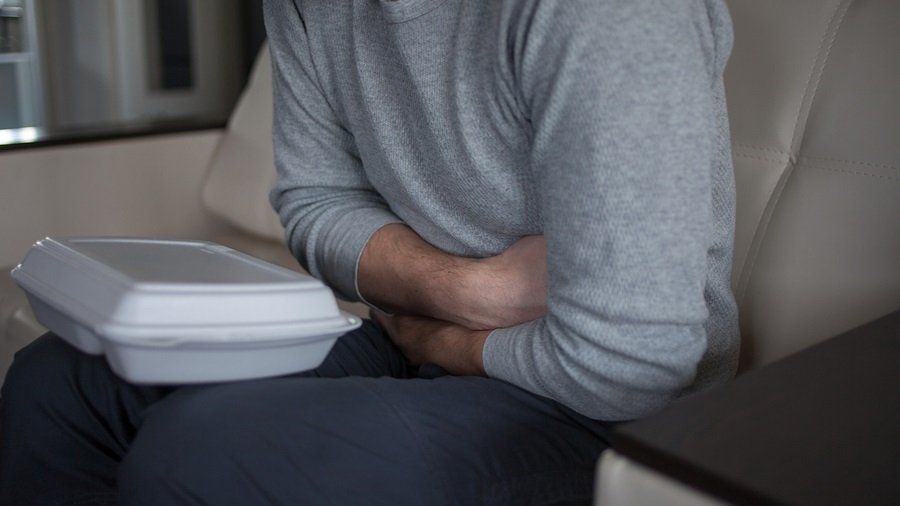How Do You Get Tested for Food Sensitivity?

 Have you noticed that you feel unwell after eating particular foods? Maybe you develop a headache, digestive issues, a skin rash, or joint pain. Certain foods – even some that are very nutritious – can trigger food sensitivity symptoms in some people. For instance, many food allergies are caused by milk, wheat, soy, peanuts, eggs, or shellfish.
Have you noticed that you feel unwell after eating particular foods? Maybe you develop a headache, digestive issues, a skin rash, or joint pain. Certain foods – even some that are very nutritious – can trigger food sensitivity symptoms in some people. For instance, many food allergies are caused by milk, wheat, soy, peanuts, eggs, or shellfish.
Because food sensitivity reactions may be delayed for several hours or longer, it can sometimes be challenging to pinpoint the culprit. To help diagnose a food intolerance, a doctor may suggest a food sensitivity test, such as a skin test or blood test.
Skin Testing for Food Sensitivities
A skin prick test, or scratch test, can be used to check for an immediate allergic reaction to up to 40 different substances at once. After cleansing an area of skin on the forearm or upper back, a healthcare professional will draw a series of small marks on the skin with a tiny needle (lancet), then apply a drop of a liquid allergen extract to each mark. A scratch test is not painful, nor does it cause bleeding; in fact, the lancet barely penetrates the skin’s surface.
In addition to suspected allergens, two other substances are used during a scratch test: histamine and glycerin (or saline). Because histamine causes a skin response in most people, it is applied to confirm that the skin is reacting normally; otherwise, the test may not reveal a food intolerance, even if there is one. On the other hand, glycerin and saline do not normally produce a skin reaction, so if one occurs, the scratch test result may be unreliable.
Approximately 15 minutes after the substances are applied, a healthcare professional will check the skin for signs of an allergic reaction, such as a raised, red, itchy bump (wheal) that resembles a mosquito bite. A scratch test result is not conclusive; rather, if a wheal develops, a food allergy is suspected and follow-up testing is usually performed to confirm the diagnosis.
Blood Testing for Food Sensitivities
In many cases, blood testing is performed to follow up on a skin test that revealed a possible food allergy. A small blood sample is drawn and sent to a lab for analysis. Specifically, a pathologist will check the blood for IgE antibodies, which are produced by the body’s immune system in response to an allergy-causing substance. If there are IgE antibodies to a particular food in the blood, an allergy is likely.
Elimination Diet and Oral Challenge
If the results of skin and blood testing are unclear, a more comprehensive test known as an elimination diet and oral challenge may be considered. The gold standard for identifying food sensitivities, this test involves a period of completely avoiding certain foods, then reincorporating each eliminated food – one by one – into the diet and watching for a reaction.
If you’re a member of Optimum Direct Care, a direct primary care practice in Orlando, FL, food sensitivity testing is included in your membership. Contact us to learn more.
